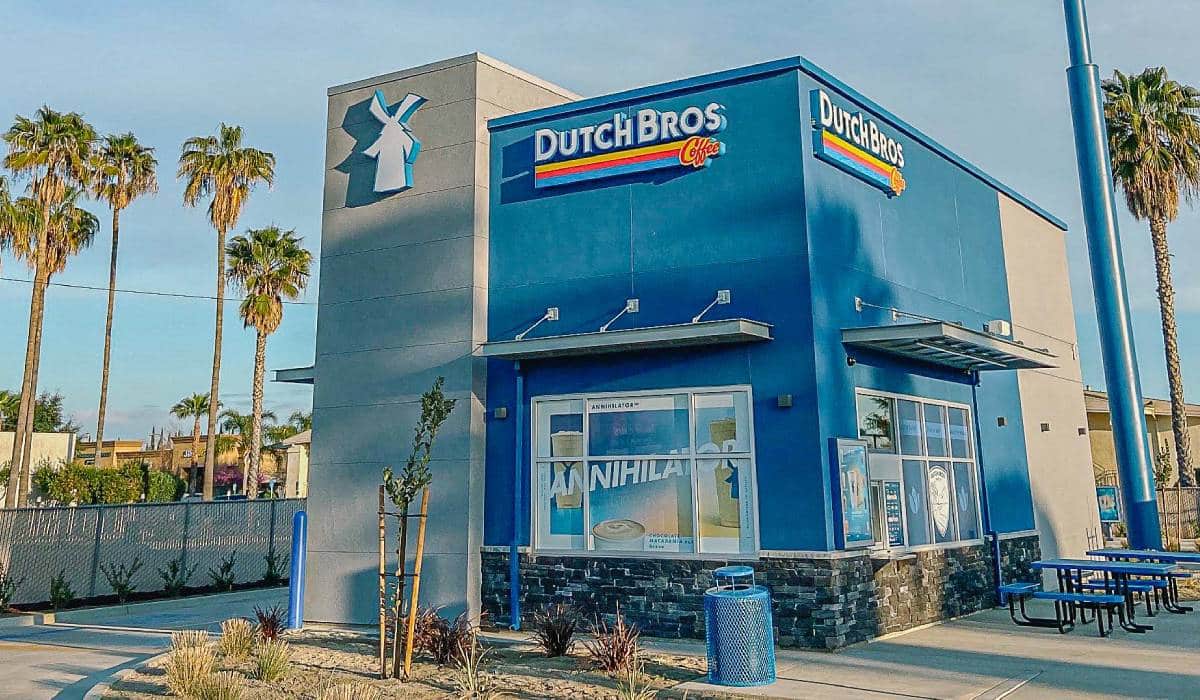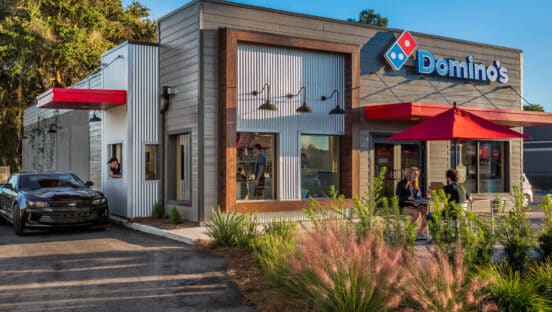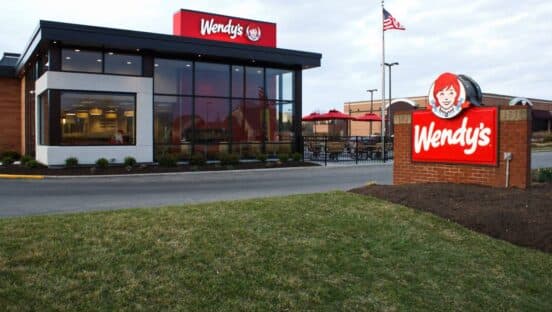Dutch Bros Coffee CFO Charles Jemley admitted that he was totally wrong about where the brand’s digital presence would finish in 2021.
The Paytronix-powered Dutch Rewards program, which launched at the beginning of last year, accounts for 60 percent of sales—1.5 times what he thought the digital innovation was capable of in such a short timespan. Jemley now believes 70 to 75 percent is “probably a realistic goal.”
“I think with privacy laws, it’s going to get more and more difficult to engage with people, and having them as registered users gives us the license to speak to them on their terms, which is very important to remember,” Jemley said at the recent ICR Conference.
In its first year, the 538-unit coffee chain’s Dutch Rewards gained 3.2 million members, with 500,000 coming in the fourth quarter alone. The digital tool helped systemwide same-store sales grow 10.1 percent in Q4 and 15.3 percent on a two-year basis. Company-operated comps increased 11.5 percent in the fourth quarter and 17.3 percent on a two-year stack.
For the full year, comps rose 8.4 percent year-over-year and 10.3 percent over two years; for company-run locations, the growth was 9 percent compared to 2020, and 11.1 percent on a two-year basis.
READ MORE: Dutch Bros Surges Onto Wall Street with Dreams of 4,000 Locations
The Dutch Rewards program allows customers to earn points based on spending as opposed to the previous punch card system. Loyalty members receive five points for each dollar spent, and customers earn a free drink and bonus points simply for enrolling.
“Our rewards program is engaging,” said CEO Joth Ricci. “It almost enhances the experience at the drive-thru versus replacing it. We want to make sure that we don’t over-digitize the experience. We want to balance it and make sure the rewards program is additive to what we do.”
Dutch Bros adjusted the rewards program so that points expire after six months instead of a year, based off the theory that “three months is too soon and 12 months doesn’t create enough urgency,” Jemley noted. He added that “six months is a nice sweet spot that people will understand and appreciate.”
“We’ll use some tools to create a bit of urgency to use your points,” Jemley said. “We want people to use their points. We don’t want to take any revenue in through expiration. That’s not our goal. It’s really too early to declare whether we’ve had people just hoarding points. We look at their activity. We’re trying to be ahead of the curve on this and get ready for when it’s time to use that tactic to create some urgency.”
With off-premises accelerating and the battle over customers becoming more fierce, some of quick service’s biggest players stood up loyalty programs in 2021.
McDonald’s launched MyMcDonalds Rewards nationwide in July and ended the year with 21 million members. Because of the program’s popularity, the burger chain’s app was downloaded 24 million times in 2021, which was the most in the fast-food industry and 100 percent more than Starbucks’ 12 million, according to Apptopia, a real-time competitive intelligence company.
Additionally, Burger King rolled out its Royal Perks Loyalty Program nationwide in the fall and Popeyes launched Popeyes Rewards early in the summer.
Dutch Bros opened 35 stores in Q4, 30 of which were company-operated. That included new markets Texas, Kansas, and Oklahoma. In 2021 overall, the brand debuted 98 stores, including 82 corporate units. As of December 31, 271 locations were company-owned and 267 were franchised.
Jemley said the brand hasn’t had major stumbling blocks in terms of supply chain, but more so “little episodic events.” The chain has been flexible, like recently ordering $1 million worth of freeze machines in advance.
That’s why the brand feels confident in projecting 125 openings this year.
“We felt like that was an adequate raise where we could be transparent with you guys and tell you what we’re seeing and not keep coming back with another bite of the apple every time,” Jemley said. “We’re signing deals way out to our pipeline. We’re feeling very confident that we have a long runway.”
Amid this growth, Dutch Bros has avoided staffing issues that’ve plagued the industry. In Q4, the shop-level turnover rate was 56 percent, and that’s a decrease from the third quarter. For perspective, the turnover rate for quick-service brands in June was 144 percent, according to a Black Box Intelligence and Snagajob report.
“We haven’t seen any escalation [in labor costs]. We haven’t had to do any wage changes,” Jemley said. “We’re just fortunate that the culture and the way we get and retain people is very positive for us. We’re not having the Great Resignation.”






